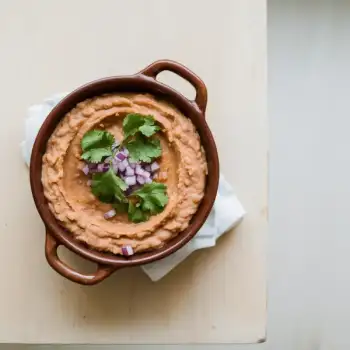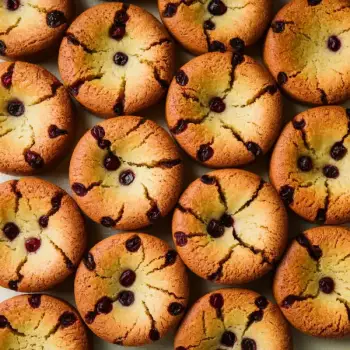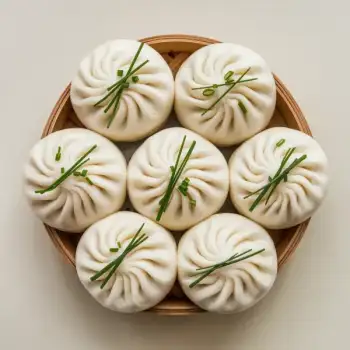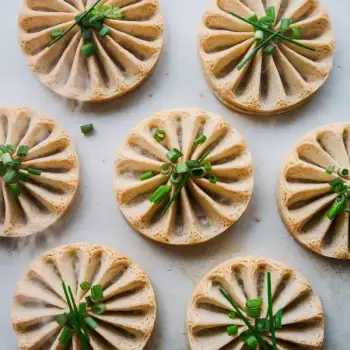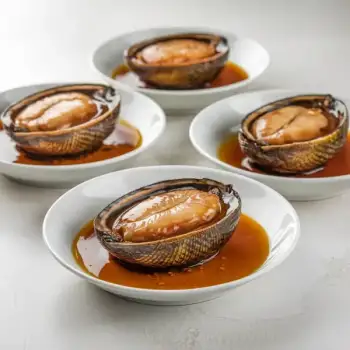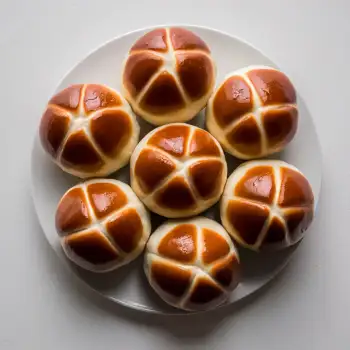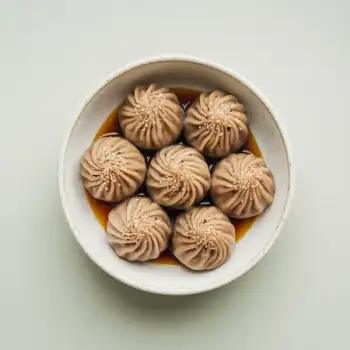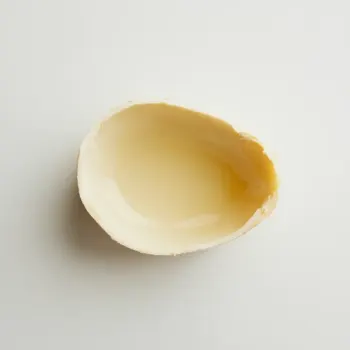


Rendered
Lard that has been melted, clarified, and strained of impurities, resulting in a pure fat that is shelf-stable and suitable for high-heat cooking.
Tub Lard
Lard that is sold in tubs, often partially hydrogenated to increase its shelf life, which may affect the flavor and health properties.
Leaf Lard
The highest grade of lard, made from the visceral fat around the kidneys and inside the loin of the pig, known for its delicate, creamy texture and is preferred for baking.
Back Fat Lard
Rendered from the fat on the back of the pig, this type is harder and has a stronger pork flavor, often used in savory dishes.
Packaged Blocks
Lard that has been rendered and formed into blocks or bricks, convenient for measuring and cutting for recipes.




tub lard: Morrell
leaf lard: Fatworks
packaged blocks: Armour

Baking: Using lard in baking, especially for pie crusts and pastries, can yield a flakier and more tender product than butter. Cut cold lard into your flour mixture until it resembles coarse crumbs before adding any liquid.
Confit: Confit is a technique where food, typically duck or other meats, is cooked slowly in lard at a low temperature. This method preserves the food and imparts a rich flavor. Ensure the meat is fully submerged in lard and cooked at a consistent, low temperature for several hours.
Sautéing: Lard is excellent for sautéing vegetables and meats. It imparts a unique flavor and helps to create a crispy texture on the food's surface. Heat the lard until it shimmers but doesn't smoke before adding your ingredients.





